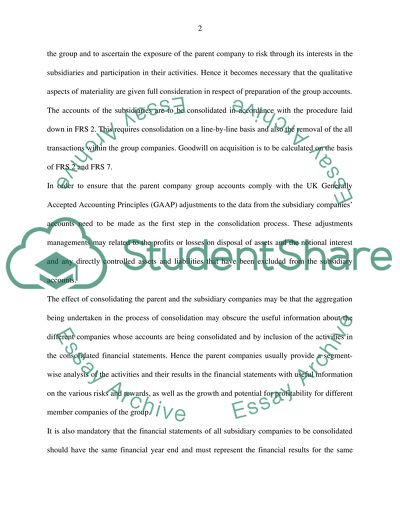Cite this document
(“Group accounts Essay Example | Topics and Well Written Essays - 1000 words”, n.d.)
Retrieved from https://studentshare.org/miscellaneous/1531196-group-accounts
Retrieved from https://studentshare.org/miscellaneous/1531196-group-accounts
(Group Accounts Essay Example | Topics and Well Written Essays - 1000 Words)
https://studentshare.org/miscellaneous/1531196-group-accounts.
https://studentshare.org/miscellaneous/1531196-group-accounts.
“Group Accounts Essay Example | Topics and Well Written Essays - 1000 Words”, n.d. https://studentshare.org/miscellaneous/1531196-group-accounts.


